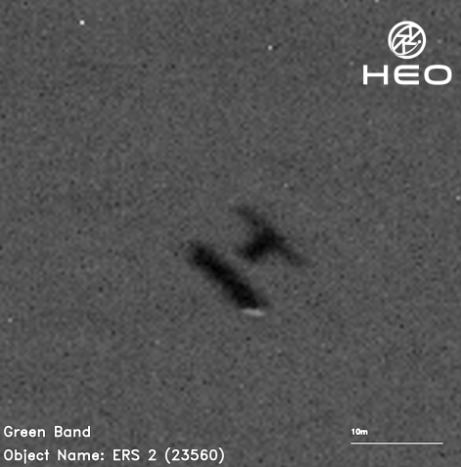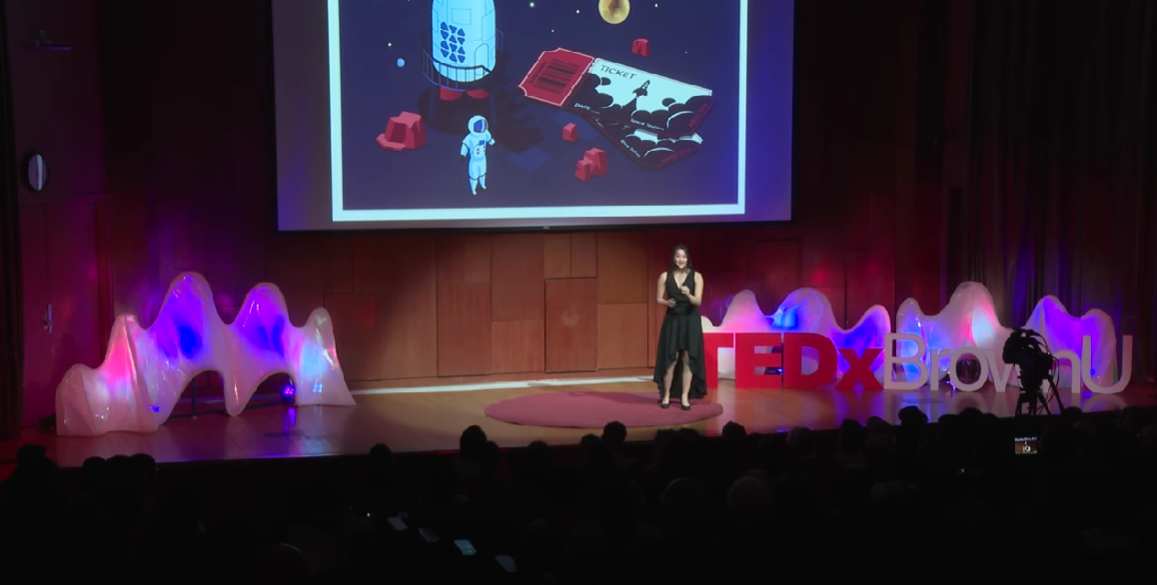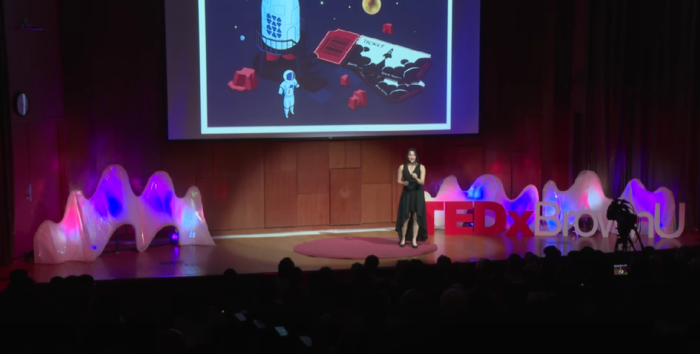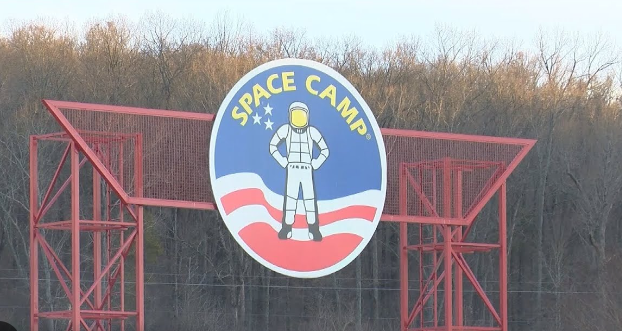Launched on 21 April 1995, ESA’s ERS-2 satellite, alongside its predecessor ERS-1, played a pivotal role in enhancing our understanding of Earth by monitoring land, ocean temperatures, the ozone layer, and polar ice for nearly three decades. Despite a planned three-year lifespan, ERS-2 was operational until its deorbiting in 2011 due to concerns about space debris. On 21 February 2024, it reentered Earth’s atmosphere over the North Pacific Ocean after a natural descent caused by atmospheric drag, marking the end of its mission without any controlled reentry due to its design limitations from the 1980s.
“The ERS satellites have provided a stream of data which has changed our view of the world in which we live,” said ESA’s Director of Earth Observation Programmes, Simonetta Cheli. “They have provided us with new insights on our planet, the chemistry of our atmosphere, the behavior of our oceans, and the effects of mankind’s activity on our environment — creating new opportunities for scientific research and applications.”
This event underscores ESA’s shift towards the ‘ESA Zero Debris approach’ for future missions to ensure the long-term sustainability of space activities by preventing space debris and facilitating safer satellite reentries. ESA’s current and future Earth orbit missions are designed for ‘controlled’ reentries, aiming to minimize risks by targeting reentries over remote areas. The agency also promotes the Zero Debris Charter initiative to encourage broader adoption of sustainable space practices. ERS-2’s legacy, along with ERS-1, continues through ESA’s Heritage Space Programme, contributing to a foundation for numerous subsequent Earth observation missions.
“Uncontrolled Atmospheric reentry has long been a common method for disposing of space objects at the end of their mission,” said Tim Flohrer, Head of ESA’s Space Debris Office. “We see objects similar in size or larger to ERS-2 reentering the atmosphere multiple times each year. In the 67 years of spaceflight, thousands of tons of artificial space objects have reentered the atmosphere. Pieces that make it to the surface have only very rarely caused any damage and there has never been a confirmed report of a human injury.”
Featured image: ERS-2 imaged on 29 January using a camera on board another satellite. Credit: ESA
For more market insights, check out our latest space industry news here.
Share this article:








